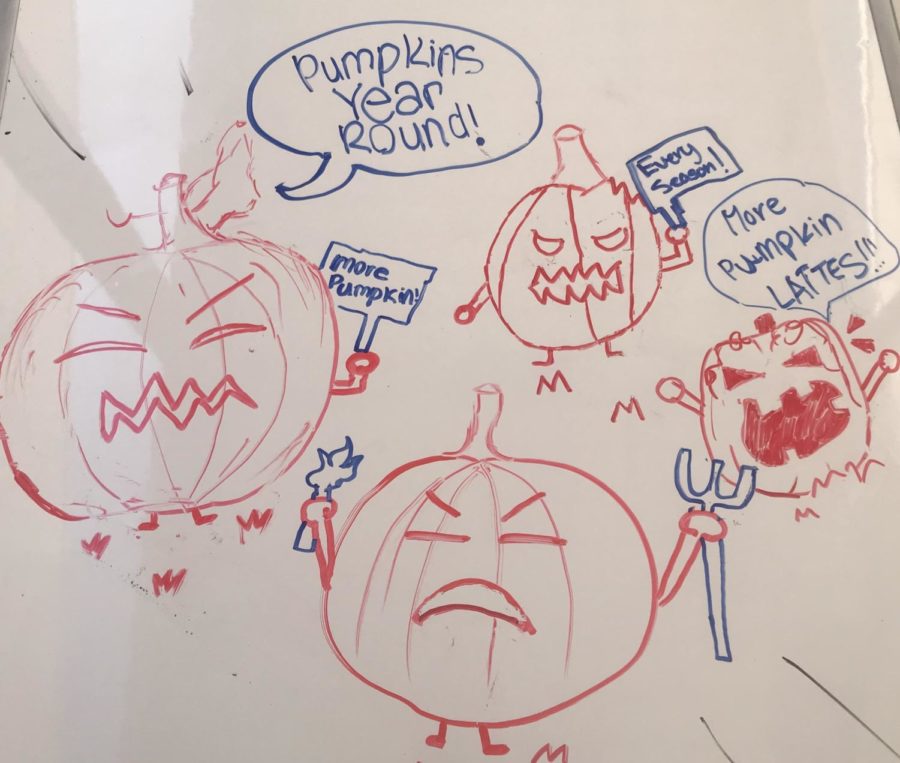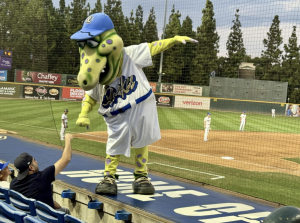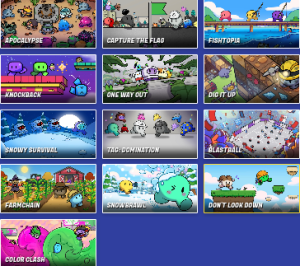Fall- A Pumpkin’s Point of View
Pumpkins protest against the single season use of pumpkin products.
October 10, 2019
We pumpkins have always been overlooked. ¾ of the year we are considered “out of season.” But look how tasty everyone finds the pumpkin products at Starbucks! Eager customers are lining up for the delicious latte, a stream of people stretching out the door the first day it appears on the menu. We deserve to be loved like this year-round! So why are we only found in the fall?
The first of our kind originated in North America. Seeds similar to ours were found in Mexico, the beginnings of our cousins: the squashes, cucumbers, and gourds. The Greeks gave us our first name, “pepon.” Ick! But the French changed it, thank the Lord. Then the English changed it. And finally, an American colonist changed it yet again. We went from “pepon,” to “pompon,” to “pumpion,” and finally to “pumpkin.”
Some say we are so important in the autumn because 80% of the 1.5 billion pounds of pumpkin produced per year is only ripe in October. And there is definitely a reason why we are the symbol of the season: Halloween.
It all started with the Celts carving faces in hollowed-out turnips to ward off evil spirits. Then the Irish picked up the carving custom. They based their beliefs on “Stingy Jack.” According to legend, Jack mischievously trapped the Devil many times and made clever bargains with him. Once, Jack freed the Devil, under the condition that when he died, the Devil would not take his soul. Eventually, Jack died. God would not let such a mischievous person into Heaven, and the Devil, keeping his word, would not let Jack into Hell. So Jack wandered the darkness between for the rest of eternity, with only a candle in a hollowed-out turnip to see his way. The legend states that he’s been roaming the earth ever since. Jack’s turnip inspired the Jack-O’-Lantern.
When the Irish immigrated to America, they carved Jack-O’-Lanterns from turnips and potatoes, but they found that pumpkins were easier to use- obviously. When we became the Jack-O’-Lantern, we became the symbol of Halloween as well.
We are also an important symbol of Thanksgiving. Our ancestors were part of the Native American daily diet. We were dried and flattened into strips to use as mats. And were roasted over a fire to make pumpkin jerky. Mmm, pumpkin jerky. When settlers arrived, they copied Native American ways and began to regularly eat us as well. People believe that the first “pumpkin pie” was a hollowed-out pumpkin filled with milk, spices, and honey, baked over a small fire.
But the real reason pumpkins became a Thanksgiving custom is Sarah Hale. She was a popular journalist who wrote an article on the first feast of 1621 and published recipes for turkey, stuffing and pumpkin pie. But we pumpkins know better. These were not eaten at the first Thanksgiving feast. Hale was just attempting to increase the popularity of the holiday, but the people used her examples. As a result, pumpkin-based foods became a tradition for today’s Thanksgiving.
Today, many people decorate the fall season with pumpkins. But fall is not enough! Fellow pumpkins, if you’re listening, you need to broaden your minds. I dread the day after Thanksgiving, when teens go pumpkin smashing, moms toss our barely-rotted corpse into the recycle trash, or worse – we’re trampled by horses (I blame Cinderella’s fairy godmother). We deserve better. So please get the word out: Pumpkins year-round!






